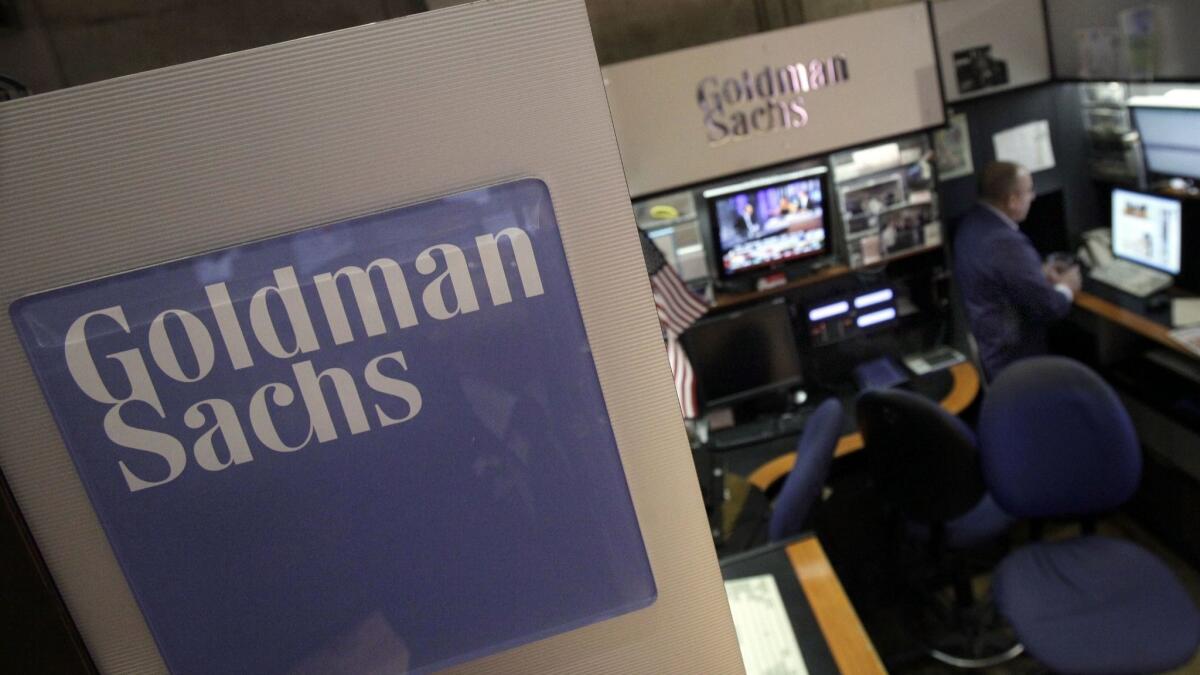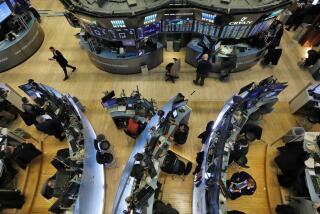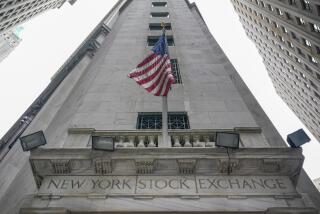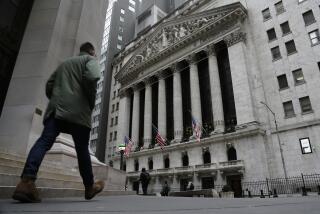Big banks pass first part of U.S. stress tests

Big banks cleared the first hurdle of this year’s U.S. stress tests: The Federal Reserve found all 35 lenders examined could withstand a severe economic downturn, though Goldman Sachs Group Inc. trailed the rest of Wall Street in a key measure of leverage.
The results announced Thursday mark the third straight year every bank exceeded the Fed’s minimum capital demands, indicating the industry’s increased comfort with reviews that once triggered headaches. The exams assess how much capital lenders would have left after enduring financial shocks. This year, Goldman Sachs and Morgan Stanley came closest to the edge among Wall Street behemoths.
The Fed started using the annual tests after the 2008 financial crisis to force lenders to bulk up their ability to weather losses. Each year, the agency hatches different hypothetical crises, and the process has become the most important supervisory effort to emerge from the meltdown a decade ago.
“Despite a tough scenario and other factors that affected this year’s test, the capital levels of the firms after the hypothetical severe global recession are higher than the actual capital levels of large banks in the years leading up to the most recent recession,” Randal Quarles, the Fed’s vice chairman for supervision, said Thursday in a statement.
After years of practice and a long buildup of capital, banks have become more accustomed to the exams, making surprises that lead to poor performance less likely. The Fed also has tried to make the process more transparent — an effort that has accelerated amid President Trump’s deregulatory agenda.
The tests come in two parts, and Thursday’s announcement disclosed the findings for the Dodd-Frank Act Stress Test. It measures how much capital each firm would have after an upheaval, but it doesn’t come with a passing or failing grade.
For Wall Street, June 28 is the main event because that’s when the Fed will reveal results from what’s known as its Comprehensive Capital Analysis and Review — the test that actually quantifies the capital minimums. How banks perform in that exercise determines whether they can win approval for plans to pay dividends to investors and buy back stock. If lenders receive passing grades, analysts predict firms could pay out $30 billion more to shareholders than they did last year.
Although Thursday’s results are seen as providing only broad clues of how banks may do next week, and Fed officials routinely warn that this test uses very different calculations than CCAR, Wall Street analysts probably will take note of how close some firms came to falling below the minimum capital thresholds. Lenders seek to stay above a 3% level in their so-called supplementary leverage ratio, and the Fed’s results show Goldman at 3.1% and Morgan Stanley at 3.3%, with State Street Corp. not far ahead at 3.7%. The leverage ratio assesses how reliant banks are on borrowed money to fund their operations.
State Street also scored the lowest mark in a measure of common equity tier one capital, at 5.3%, which isn’t far above the 4.5% requirement. Goldman Sachs was second-lowest at 5.6%.
The Fed has designed the tests to get tougher as the economy improves, so this year’s hypothetical scenarios were seen as particularly hard and would have caused an estimated $578 billion in losses across the industry. In the most severe case, the banks were told to assume U.S. unemployment more than doubled to 10% while the yield curve in Treasuries dramatically steepened. Lenders also took a hit from the tax overhaul approved last year by Congress, according to the Fed.
The biggest banks faced additional market shocks, and they are still subject to the dreaded “qualitative analysis” that has been scrapped for smaller lenders. The qualitative review examines a firms’ ability to manage capital in a crisis and has led to failing grades for banks in the past.
This year, the Fed added the U.S. operations of some foreign banks, including Barclays Plc, Credit Suisse Group AG and a wider swath of Deutsche Bank AG’s American business. The foreign lenders turned in some of the highest capital scores.
CIT Group Inc., Comerica Inc. and Zions Bancorporation were dropped from this year’s Dodd-Frank and CCAR tests in response to Congress’ recent rollback of Dodd-Frank. Lawmakers passed legislation last month that exempted lenders with less than $100 billion from the exams.
Fed officials appointed by Trump are poised to make further changes. In April, the regulator proposed a rule that would factor each bank’s stress-test losses into the capital it should maintain every day, integrating the assessments more deeply into how the industry manages its risk-based capital.
The Fed also proposed reducing the expectation that lenders would grow their balance sheets and continue to issue dividends in the face of a crisis. Lenders have long complained that it’s unfair to assume they would keep paying out the same amount of money to shareholders if they are enduring heavy losses.
More to Read
Inside the business of entertainment
The Wide Shot brings you news, analysis and insights on everything from streaming wars to production — and what it all means for the future.
You may occasionally receive promotional content from the Los Angeles Times.










